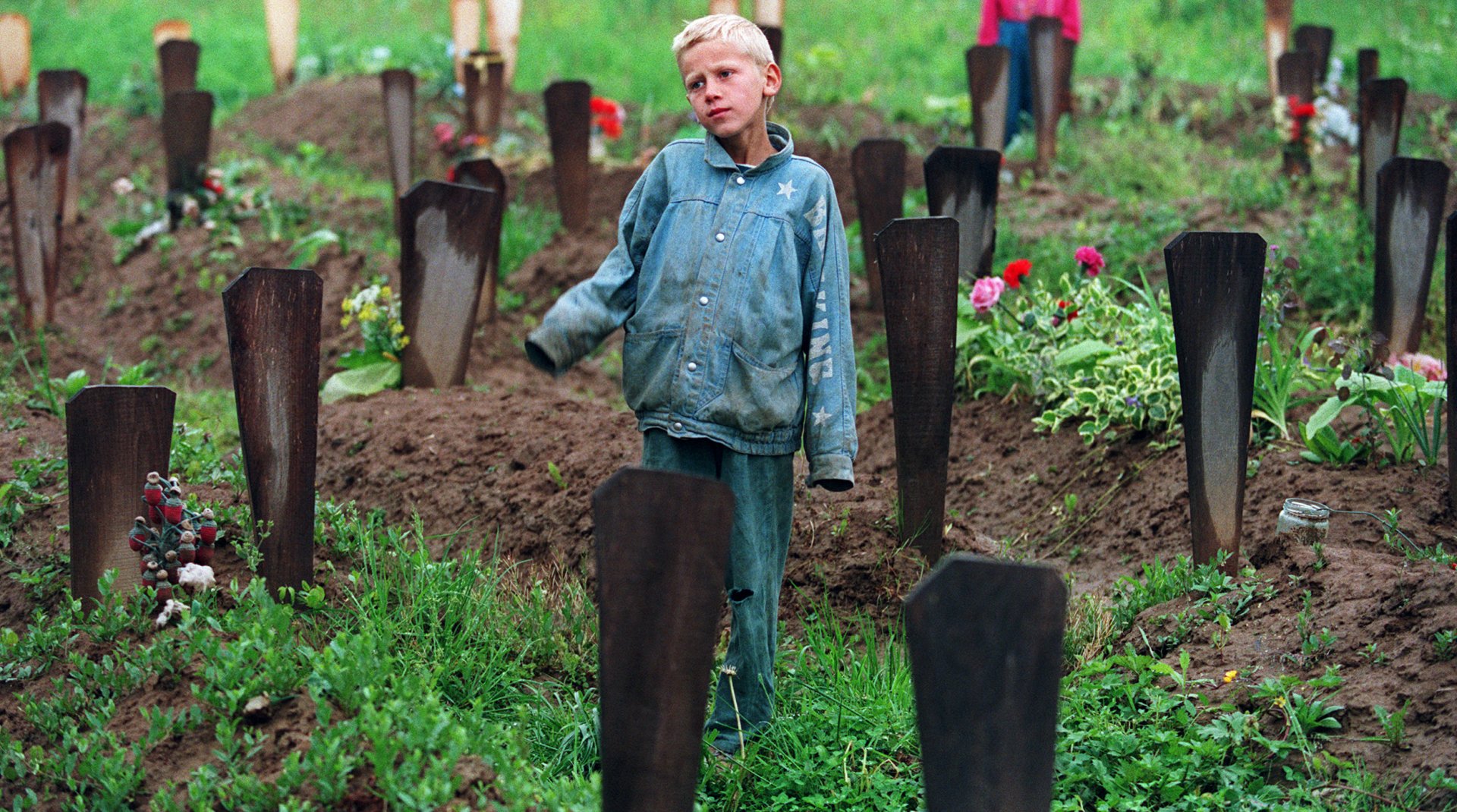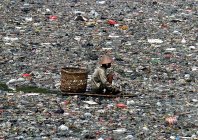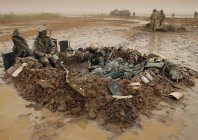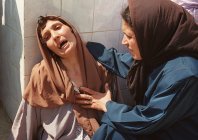
Twenty Years Covering the World - 1989-2008
Agence France-Presse
It was 1985 when Agence France-Presse embarked on the adventure of international photography, shortly before Visa pour l’Image in 1989. Twenty years, already! Or perhaps: Only twenty years! Either way, they have been twenty years, with plenty of changes and plenty of questions.
Photoreporting obviously goes back much further, all the way back to 1855, when photography first moved into news reporting with Roger Fenton covering the Crimean War. The war as presented had no fatalities; it was an official report, and there were technical obstacles to overcome, with 36 cases of equipment that had to be transported all the way to the battlefield, a weighty view camera, glass plates, developing bath and so on. Nowadays, photographers can travel light and have instantaneous transmission facilities. Reports may no longer be official, but questions can still be asked as to what can be shown and what should not be shown. Are certain subjects better left unseen, or covered up? That was 9/11, without any maimed or dead bodies.
Preview





The 1920s and 1930s saw photojournalism take off, and there were plenty of stories that made history, e.g. in France there was the Front populaire and the first paid holidays for workers, and in Spain there was the Civil War. The world realized just how powerful pictures could be, and politicians wanted to be part of that power game. This has continued, on an ever greater scale, and is now a subject of great debate: how close should photographers be to their subjects? What role and duties do they have? What boundaries should not be crossed? There was, for example, the shot of Nicolas Sarkozy when Minister of the Interior in 2006, surrounded by journalists who were obviously captivated, even fascinated?
The golden age of photojournalism came with full-page reports on the Vietnam war, as press photography took over daily papers and magazines. But over the last twenty years it has lost some of its splendor. Magazines have different concerns these days, dominated by consumer society and celebrities. Finances are limited, and reporting costs money. Is it an obligation or a margin for ease? Whatever the case may be, the pages of dream scenarios we are now offered lull us, perhaps deliberately, into a state of passive comfort and silence, having deprived us of food for thought.
Pictures can, of course, be dangerous. They can show what is happening and who is responsible; they can cast doubt; they can bring us closer to some of the truth, forcing us to look, to see and to speak up. One of the key tasks for leading agencies is to continue along that path. That is the meaning of the stories behind the pictures recording history over the last twenty years – Mogadishu, the Twin Towers or Beslan.
Such shots present glimpses that leave their mark, elements to store in the memory and provide a context in history for fleeting moments, captured and conveyed to the mind.
The child soldier taking aim in the middle of a street in Monrovia epitomizes the sordid reality of the situation in Liberia; that little boy calling out, with a cuddly toy on his back, inevitably tells a story behind the still picture, a story in the viewer’s imagination. The total determination of the Chechen people defying the powerful Russian army can be seen in the stance of the old man with a Kalashnikov in a muddy street in Grozny in 1995 – the man turned fighter symbolizing his entire people. Then scenarios can flow on from this. Perhaps the death of a son killed by Russian bombs drove this old man (obviously not expert in handling weapons and inevitably the next fatality), to take up arms, or the prospect that his granddaughter, Zinaida, may join extremists in the resistance movement, after countless men have fallen.
What is the story, both personal and political, behind the picture of the blonde boy, lost and limping through the apparently endless expanse of cemetery in Bosnia?
Part of history. Truth. Part of truth.
Press photography is not just any documentary record; it has great power to conjure up ideas and emotions, and that no doubt is why so many photographers over recent years have rejected all aesthetic and emotional effects, determined to move away from post-war humanism. But even when working in strict documentary mode, a photographer has to build the story; without the photographer’s eye to construct the scene, the report would not offer any understanding of the situation. An aesthetic approach is sometimes needed so that extraordinarily brutal stories can be presented.
A photojournalist may be dealing with the distress of the unemployed, the absurdity of war or the cruel experience of childhood, but has to confront the situation. A photographer must be both close and inconspicuous, must get the story for others to see, without being seen. Close enough to touch, while keeping a distance. Careful not to get caught. Pictures go through the optic nerve; stories go straight to the heart and brain. No one remains unscathed. And the first one to be affected is the photographer.
Marielle Eudes, AFP Picture Editor.





